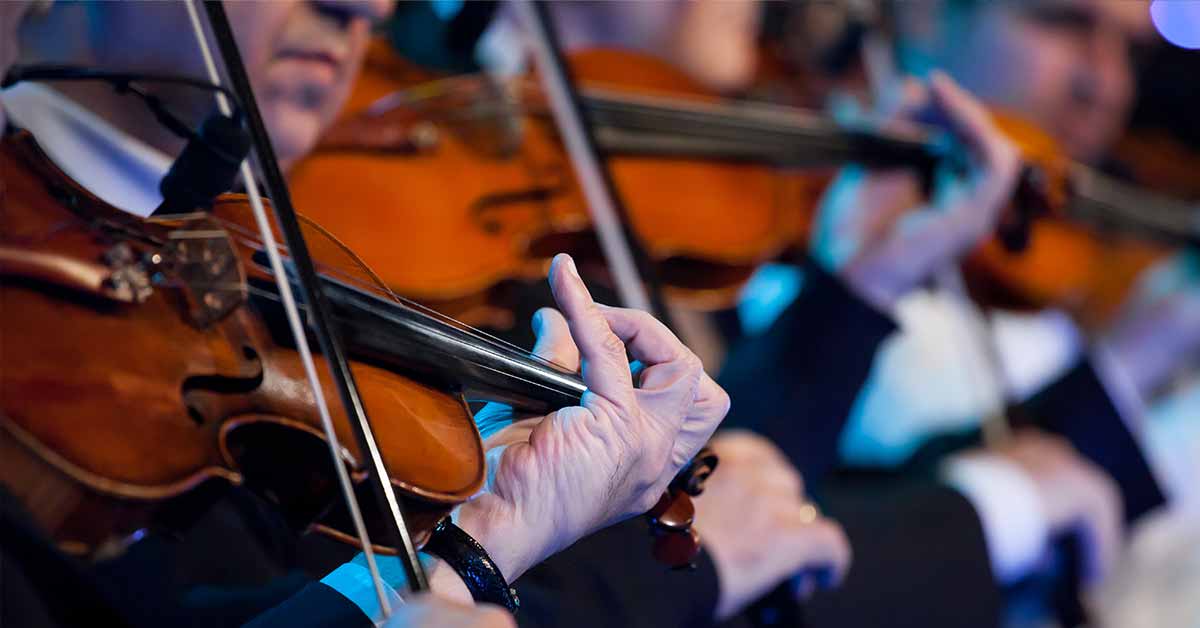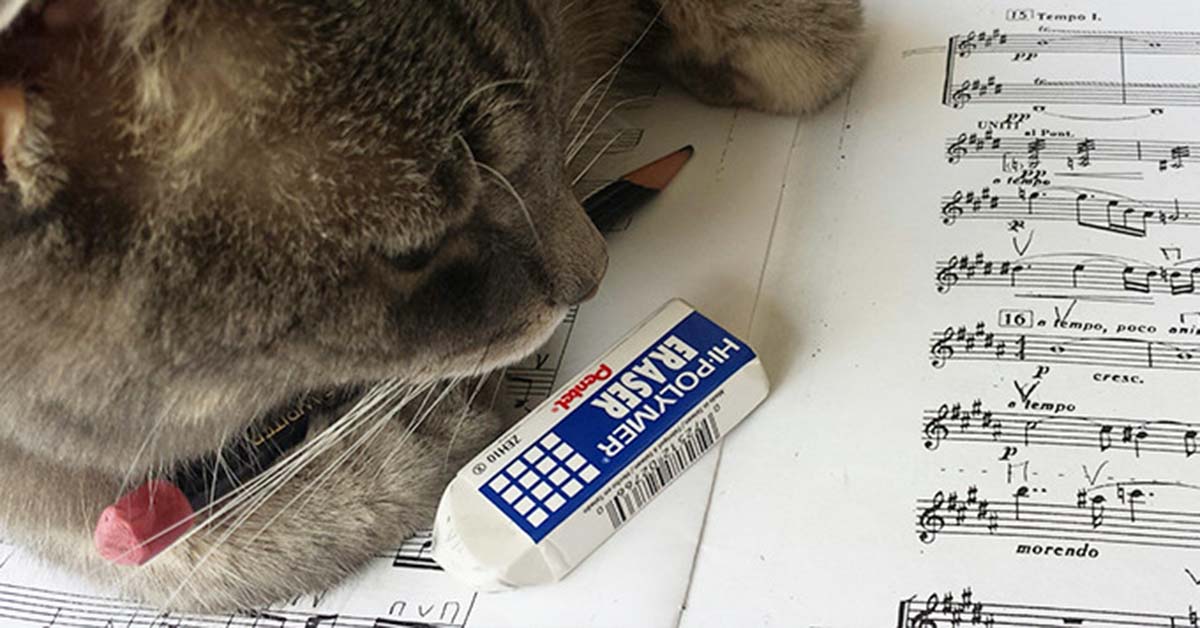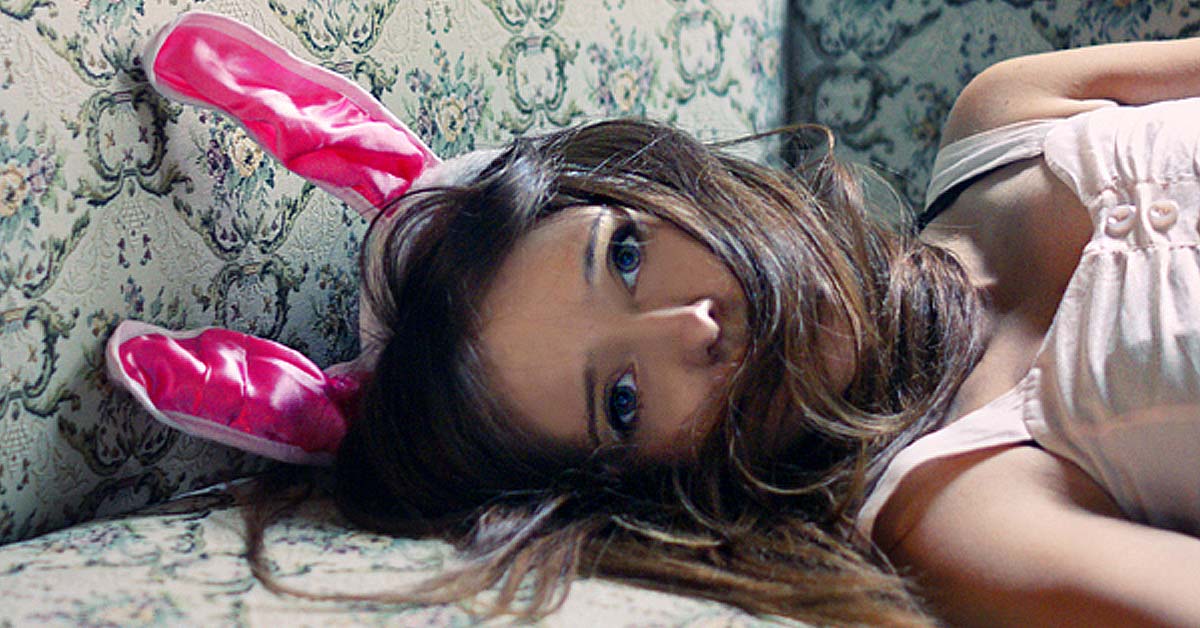Honestly, I started off not caring about Haydn’s 31st Symphony. But studying and preparing the work during the last several months for the upcoming conductor-less concert has been an unexpectedly exciting journey. Before I collected and geeked out over the marked parts from Grand Teton Music Festival (GTMF) library, before I talked with Crozet Duplantier, music librarian, before I listened to the experiences and advice of Haydn expert and conductor, Nic McGegan, I was lukewarm on the work.
After the initial conversations about the piece I felt a new excitement for the 31st Symphony of Haydn. It was almost as if permission was granted to enjoy the work. In my previous experiences with the work, there had been a stale, careful, and predictable manner to performing it. Not that that was necessarily wrong, it just was not relevant or enjoyable to me.
For musicians, a conductor-less concert is similar to Trust Building Exercise seminars offered to the corporate culture. And like those Trust Building Exercises, developing mutual respect, understanding, and empathy are top of the list of things to achieve when preparing a conductor-less concert.
So, to sincerely understand and achieve those, I talked with a few friends and colleagues at GTMF who had performed and thoroughly knew Haydn’s 31st Symphony. They were also present when Nic McGegan conducted it a few summers back. Hearing their accounts, especially after hearing Nic’s, gave a new dynamic to the work!
Paul Ellison, GTMF principal bass player and professor of bass at Rice University, was my first stop. Besides wanting to hear about Paul’s experience and knowledge of the work in general, I wanted to know what was so special, challenging, and interesting about the bass solo in the last movement.
Paul took a very personal angle to the work first explaining to me how and why the bass solo was likely written into the last movement. Paul echoed Nic’s insistence that the bass solo was a very different animal than the other solos in the last movement. As Nic mentioned, and Paul confirmed, it was a joke.
Paul said, “Listen to the violin, the cello, the flute solos. They are heartbreakingly beautiful, lush….then the bass solo is the comic relief.” He even went on to tell me a story about one of the rehearsals with McGegan conducting where he decided to have a bit of fun.
Instead of playing the last figure of the solo as written (a scale going up), Paul decided to play a descending scale. And keeping with the hilarity and lightness of Haydn, Nic asked Paul to repeat that idea during the concert since it was probably something Haydn would have approved of.
Paul insisted I listen to recordings by period specialists Nikolaus Harnoncourt and Christopher Hogwood and compare ornamentation and interpretation and hear the enthusiasm.
Gail Williams, GTMF principal horn player and professor of horn at Northwestern University, was my second stop. Gail had wonderful advice on how to listen to the horn part differently. She noted that natural horn (horn without valves) was what Haydn would have had in his time. Gail also recommended listening to period orchestras to hear how horn was played.
She called my attention to the colors the natural horn created. This was caused by the “open” and “closed” bell options where the horn player is asked to put their hand into the bell to help create pitch differences. While our upcoming concert will not feature natural horns, it was valuable for me to listen and understand the evolution of the horn so phrasing and style could be imitated when appropriate.
Gail explained to me that the four horn parts were cast by strengths of a player back during Haydn’s day. One horn player might have had success in high registers, while another might have been a specialist in 16th or fast repeating notes. There are four horn parts in this symphony, so each one has a very important role with a very distinct nod to the 1700’s horn player.
By gathering information, stories, historical facts, and traditions, I was guided into a clearer understanding of Haydn’s work and Haydn’s time. I received exactly what I was hoping: a better understanding and appreciation of the work.
But the true discovery in this process was the reminder that simple curiosity mixed with the desire to understand something often yields a deeper appreciation and sincere enjoyment!











Haydn is one of those composers that – as a listener – can sound a bit light and fluffy at first listening, until you dig in a bit more. So really interesting to hear about all the work you had to put in behind the scenes to bring the symphony to life. Hope the concert goes well!